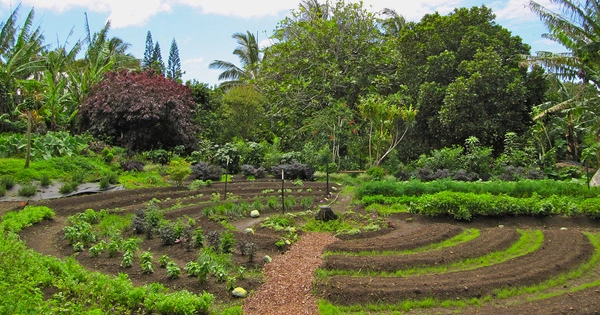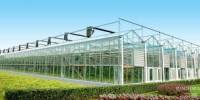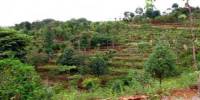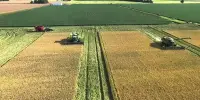Permaculture is a land management and settlement design concept that mimics the arrangements found in healthy natural ecosystems. It is a comprehensive and long-term strategy to planning and managing agricultural systems, gardens, and human settlements. It is comprised of a set of design ideas drawn from whole-systems thinking. These principles are applied in areas such as regenerative agriculture, urban design, rewilding, and community resilience.
Permaculture was derived from the phrase “permanent agriculture,” but it was eventually expanded to include “permanent culture,” which included social dimensions. Bill Mollison and David Holmgren originated the term in 1978 in contrast to modern industrialized practices, instead choosing for a more traditional or “natural” approach to agriculture.
There are several branches of permaculture, including ecological design, ecological engineering, regenerative design, environmental design, and building. It also incorporates integrated water resource management, sustainable design, and self-sustaining habitat and agricultural systems modeled after natural ecosystems.
Key principles and concepts of permaculture include:
- Observation: It practitioners emphasize the importance of meticulous and sustained observation of natural processes in order to get insights into how they function. This aids in the creation of systems that mirror the patterns and processes of nature.
- Design: Its design is founded on the concept of developing functional and efficient systems that require few inputs while producing diverse and abundant outputs. Climate, topography, accessible resources, and human requirements are all aspects considered by designers.
- Zones and Sectors: It design frequently divides elements into zones based on their frequency of use and requirements. Sectors indicate environmental factors such as the sun, wind, and water flow, which are considered when arranging elements in a design.
- Soil Health: Healthy soil is fundamental to permaculture systems. Techniques like composting, mulching, and cover cropping are used to improve and maintain soil fertility and structure.
- Plant Diversity: Permaculture encourages the use of diverse plant species, including food crops, herbs, and trees. Companion planting and guilds (plant combinations that support each other) are common practices.
- Energy Efficiency: Permaculture designs aim to minimize energy inputs and waste. This includes strategies like passive solar design, rainwater harvesting, and using renewable energy sources.
- Water Management: Permaculture stresses responsible water management, which includes rainwater collection and storage, contour planting to reduce erosion, and efficient irrigation practices.
Three key ethics guide permaculture: Earth Care (caring for the planet), People Care (caring for people), and Fair Share (equitably sharing resources and excess). Within permaculture systems, these ethics guide decision-making and actions.
Agriculture, gardening, urban design, and community development are just a few examples of how permaculture concepts can be used. Because of its emphasis on sustainability, ecological balance, and ethics, it has proven to be a useful framework for tackling environmental and social concerns while building resilient and regenerative systems.
















